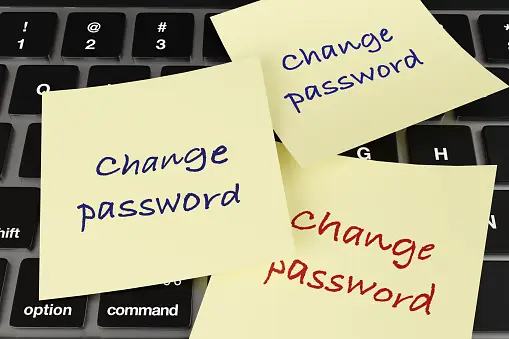Securing Your Digital World: Essential Authentication Tips for a Safer Online Experience

In an interconnected digital landscape, safeguarding your online presence is paramount.
Authentication serves as the first line of defense against unauthorized access, protecting your sensitive information from potential threats. In this guide, we delve into crucial authentication tips to fortify your digital security and ensure a safer online experience.1. Strong, Unique Passwords: Your First Line of Defense
The foundation of robust authentication lies in strong, unique passwords for each of your online accounts. Avoid using easily guessable phrases or common words. Instead, create complex combinations of letters, numbers, and symbols. Consider using a reputable password manager to generate and store these passwords securely.2. Enable Two-Factor Authentication (2FA): An Additional Layer of Security
Two-Factor Authentication (2FA) adds an extra layer of protection by requiring users to provide two forms of identification before accessing an account. This often involves a combination of a password and a temporary code sent to your mobile device or email. Enable 2FA wherever possible to enhance your account security.3. Regularly Update Passwords: Stay One Step Ahead
Frequently updating your passwords is a proactive measure to stay ahead of potential security threats. Set reminders to change passwords at regular intervals, especially for critical accounts such as email, banking, and social media. This practice minimizes the risk associated with long-term use of the same credentials.4. Monitor Account Activity: Stay Vigilant for Anomalies
Regularly review your account activity for any signs of unauthorized access. Most online platforms offer features that allow you to monitor recent logins and device activity. If you notice any unfamiliar or suspicious entries, take immediate action to secure your account, such as changing passwords and enabling 2FA.5. Be Wary of Phishing Attempts: Verify Before You Click
Phishing remains a prevalent threat in the digital realm. Be cautious of unsolicited emails, messages, or links that prompt you to provide sensitive information. Verify the authenticity of such requests directly with the organization involved, using official contact details. Avoid clicking on links or downloading attachments from unknown sources.6. Use Biometric Authentication: Fingerprints and Face Recognition
Many devices and platforms now offer biometric authentication options, such as fingerprint scanning or facial recognition. Utilize these features for an added layer of convenience and security. Biometrics provide a unique and difficult-to-replicate form of identity verification.7. Employ Account Recovery Options: Plan for Contingencies
In the event of forgotten passwords or account lockouts, having reliable account recovery options is crucial. Ensure that your recovery email address and phone number are up-to-date. Some platforms also allow you to set security questions for additional verification.8. Secure Your Wi-Fi Network: Guard Against Unauthorized Access
Your home Wi-Fi network is a gateway to various connected devices. Secure it with a strong password and encryption protocols. Avoid using default router credentials, and regularly update your Wi-Fi password to prevent unauthorized access.9. Regular Software Updates: Patch Security Vulnerabilities
Keep your devices and applications up-to-date by installing software updates promptly. These updates often include patches for security vulnerabilities, ensuring that your digital environment remains resilient against potential threats.10. Educate Yourself: Stay Informed About Emerging Threats
Ongoing education is a crucial aspect of maintaining strong authentication practices. Stay informed about the latest cybersecurity threats and best practices. Familiarize yourself with the security features offered by the platforms and services you use regularly.In conclusion, implementing robust authentication practices is essential for safeguarding your digital identity and maintaining a secure online presence.
By creating strong passwords, enabling 2FA, regularly updating credentials, monitoring account activity, being cautious of phishing attempts, using biometric authentication, employing account recovery options, securing your Wi-Fi network, updating software, and staying informed about emerging threats, you empower yourself to navigate the digital landscape with confidence.#AuthenticationTips #DigitalSecurity #OnlineSafety #1knairaSecure
Category Stop ScammersNews Source
Date Posted 1 year ago